Difference Between Kobe Beef and Wagyu
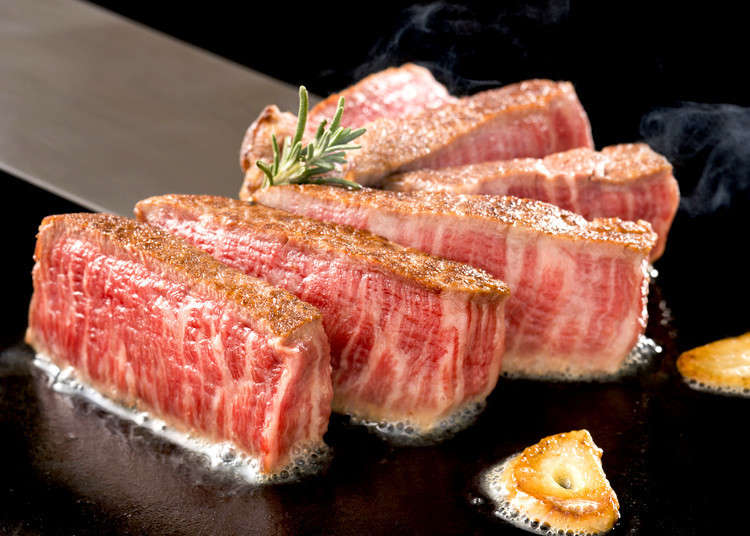
Wagyu vs. Kobe Beef: What's the Real Difference? Here's Your Guide to Japanese Steak!
Date published: 6 October 2019
Last updated: 8 January 2021
Everyone has heard the praises of Japanese beef at least once while venturing out to their favorite steak restaurant.
Japanese beef known as "wagyu" and, more specifically, the type of wagyu called Kobe beef, is known for being one of the highest quality meats in not only Japan but the world.
If you are a meat lover, you know it's considered the epitome of fine dining. But what, exactly, makes Wagyu vs. Kobe Beef so unique?
What is Wagyu vs. Kobe Beef?
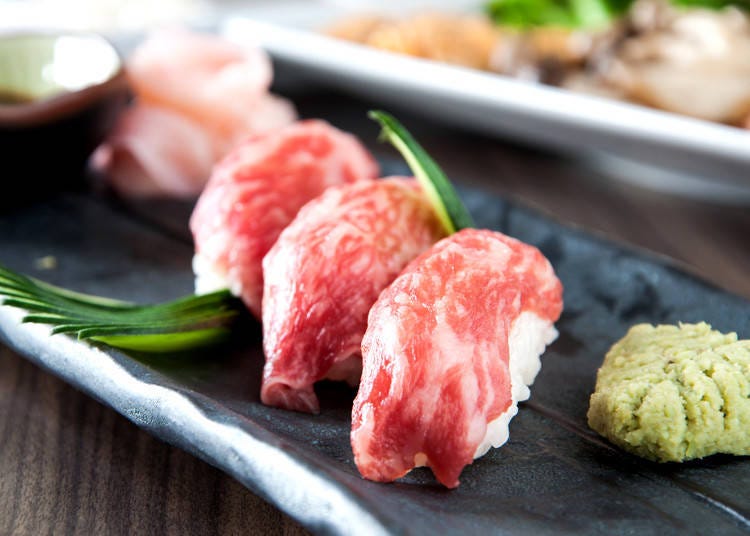
Simply put, Wagyu is Japanese beef. In the Japanese language, "wa" means Japanese, and "gyu" means beef.
Wagyu is made exclusively using any of the Japanese beef cattle breeds: Black, Brown, Polled, and Shorthorn.
However, over 90% of all wagyu comes from Japanese Black cattle. Wagyu is known for its excellent marbling and a high percentage of unsaturated fats. Due to its reputation, genuine wagyu can fetch a high price, which meat lovers insist is worth every yen.
A Brief History of Japanese Beef
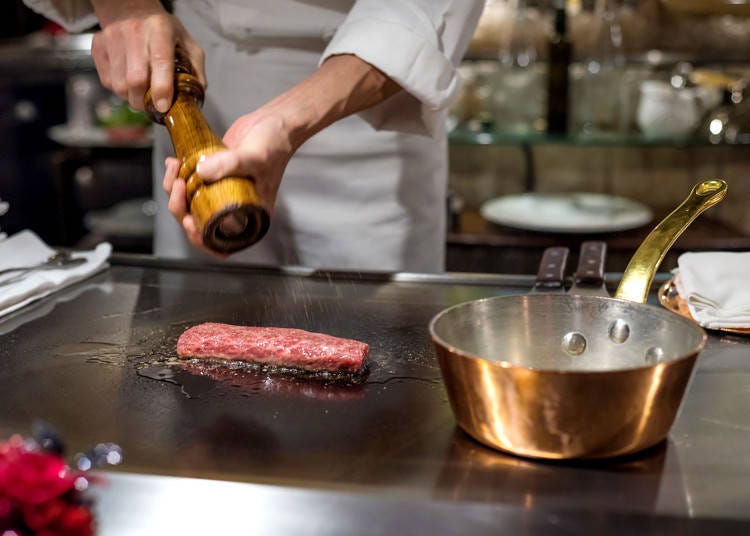
In modern Japan, the raising of wagyu cattle is a relatively new tradition. In fact, for over 1,000 years, eating meat was prohibited in Japan, following Buddhist teachings.
It was during the Meiji Restoration that things slowly started to change, and the new leaders of Japan sought to encourage the adoption of Western habits. But it wasn't until after World War II, as the economic situation began to improve, that families were able to afford beef more often.
The high quality of Kobe beef, in particular, began receiving worldwide recognition in the 1980s and 1990s, with the help of the Kobe Beef Marketing Distribution Promotion Association, which was formed in 1983 to define and promote the trademark.
Wagyu Across Japan
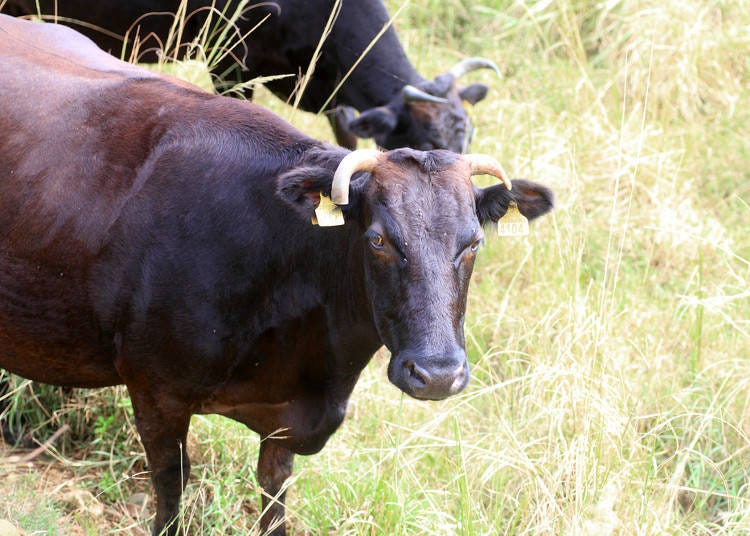
Wagyu in Japan is typically referred to by the location where the cows were raised. Some types of wagyu beef you can find in Japan include Tottori, Hyogo, Okayama, Shimane, Kumamoto, and Kochi.
The beef of each of these regions has its own merits. Of course, the most well-known type of wagyu is - indisputably - Kobe beef.
Kobe Beef: The Caviar of Meat
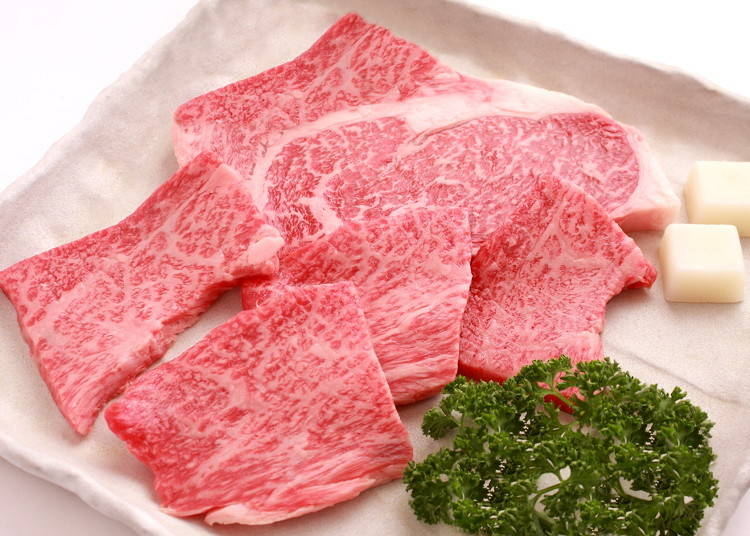
The term "Kobe beef" has become synonymous with excellence. But with the name being tagged on meat left and right outside of Japan, the meaning behind it can become a little vague.
Genuine Kobe beef comes from the black Tajima breed of Wagyu cattle in Hyogo Prefecture and raised according to the strict protocol set by the Kobe Beef Marketing and Distribution Promotion Association. Like other wagyu, this variety is well-marbled and is also prized for its flavor and tender texture.
Certified Kobe beef carries an approval mark of designation that is stamped on four places on the carcass. This means that the beef has been certified by the Kobe Beef Marketing and Distribution Promotion Association.
A regularly updated list of all authorized Kobe beef that is exported internationally can be found on the association's official website, along with the name of each country and importer. Unfortunately, much of the beef in foreign restaurants using the "Kobe" label is not actually the genuine article.
Oftentimes, menu items such as surprisingly low-priced "wagyu steak" or "Kobe sliders" are not, in fact, from Japan. Some restaurants in the USA or Australia use a hybrid of wagyu and Angus, for example; other restaurants will use 100% Angus beef that is marketed as "Kobe-style."
There are very few restaurants selling real Kobe beef overseas, and those that do serve it for rather high prices, so it is recommended that buyers beware.
Raising Wagyu: Fact vs. Myth
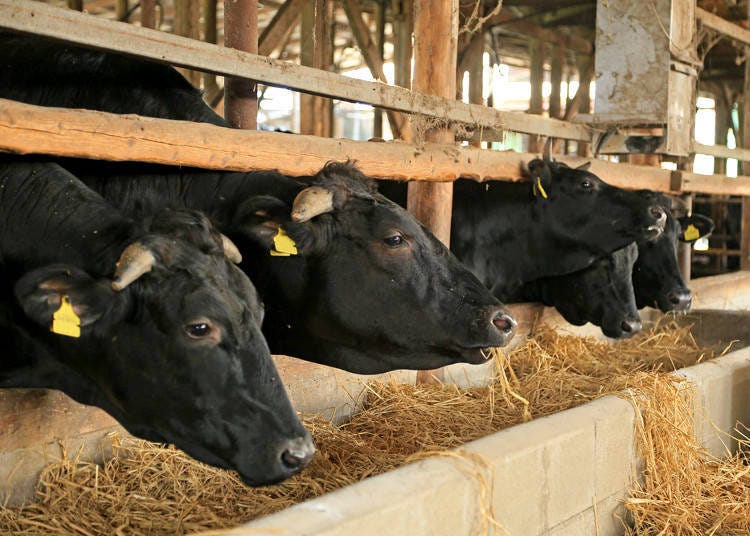
In recent years, as the popularity of Kobe beef and wagyu, in general, has risen, so have the number of rumors surrounding the upbringing of Japanese cattle.
Outside of Japan, the raising of these cows has become almost legendary, with tales of sake massages and beer given by farmers to pampered livestock. While many of these stories are based in fact, oftentimes reports of the wagyu farming practices are exaggerated.
It is true that some Japanese farmers massage their cows, but it is not, as sometimes reported, a means to improving meat quality; rather, it's a practice performed in order to provide cows (typically housed in small quarters) greater comfort.
Beer is sometimes given to cattle, but only to stimulate appetite during the hot and humid summer months, when feed intake typically decreases. However, this is not considered standard practice by Japanese farmers.
Japanese Beef: A Worldwide Phenomenon
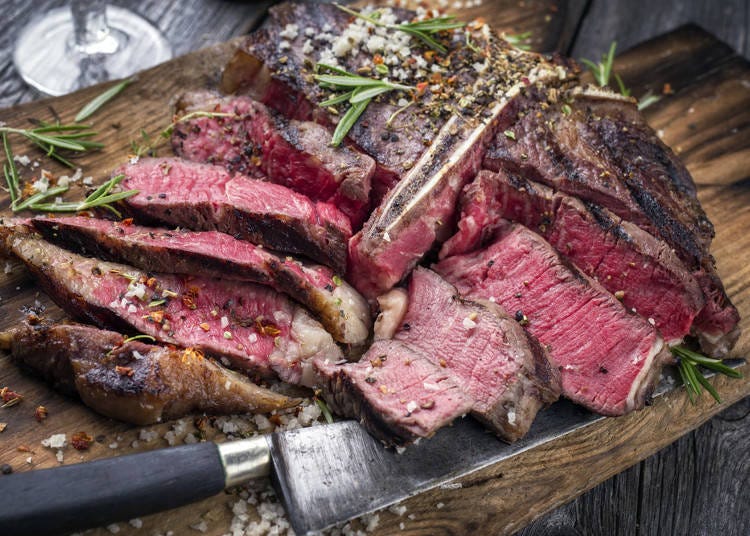
The reputation and popularity of Kobe beef and wagyu in general only seem to be growing, as word of this fine Japanese meat spreads worldwide.
There seems to be no shortage of curious diners who are eager to try the melt-in-your-mouth, tender wagyu for themselves. While Japanese beef can be difficult to come by, meat-eating gourmands all seem to agree that a bite of savory wagyu is well worth the effort!
*This information is from the time of this article's publication.
*Prices and options mentioned are subject to change.
*Unless stated otherwise, all prices include tax.
Source: https://livejapan.com/en/article-a0001233/
0 Response to "Difference Between Kobe Beef and Wagyu"
Post a Comment